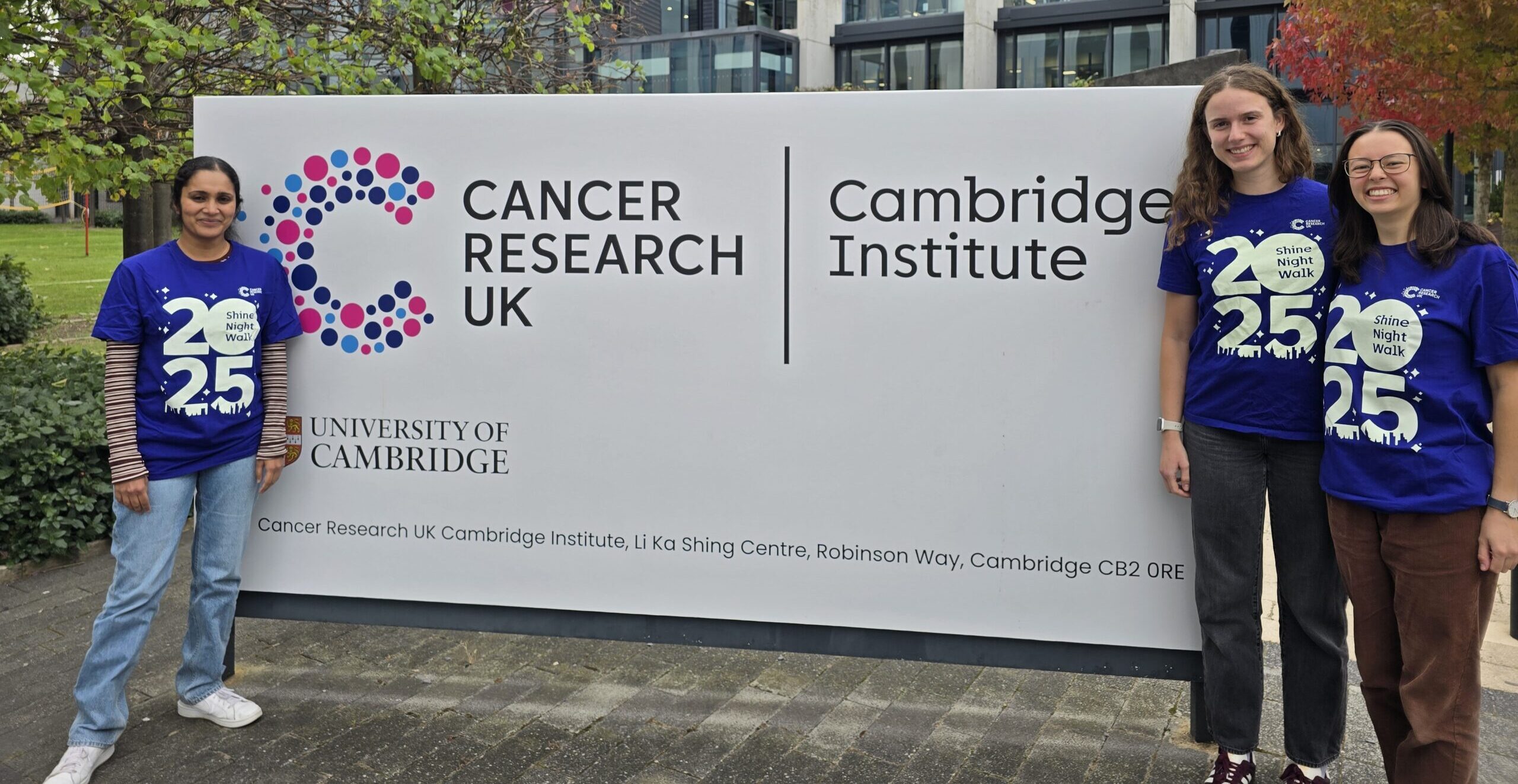Carroll Group
Nuclear receptor transcription

Research summary
Our group studies how certain cancers grow and spread, especially those that depend on hormones. We focus on special proteins called transcription factors, which control genes by turning them on and off. These genes can tell cancer cells to keep growing. We want to find where these control points are and how these proteins interact with them so we can find ways to stop cancer growth.
Introduction
We are interested in defining the genomic and molecular features of transcription factors in cancer. We are specifically focused on identifying, characterising and modulating pioneer factors, a specialised class of transcription factors that create regulatory elements and initiate gene expression events. Pioneer factors are important in defining cell lineage and phenotype making them critical in cancer development and progression. The archetypal pioneer factor is a protein called FOXA1, which plays a critical role in the most common breast cancer subtype, Estrogen Receptor positive (ER+) breast cancer, as well as in prostate cancer. More recently, FOXA1 has been shown to play a role in other cancer types, including pancreatic cancer.
FOXA1 and other pioneer factors are able to open compacted chromatin, creating enhancer elements that can subsequently be used by nuclear receptor transcription factors, such as Estrogen Receptor in breast cancer and Androgen Receptor in prostate cancer. These nuclear receptors can then form the platform for recruitment of co-factors, many of which have enzymatic or structural roles required for the regulation of transcription.
We are interested in understanding how these nuclear receptors interact with the DNA, what the critical functional co-factors are and how changes in pioneer factor levels or fidelity can alter these processes. A major part of this is identifying where in the genome the transcription factors associate with the DNA and what the proteins are in the complexes at these binding sites. We use various genomic approaches and couple these with proteomic approaches to characterise these events. A method we developed called RIME (and the quantitative version called qPLEX-RIME) permits the discovery of protein complexes and is one of the only approaches for protein interactome discovery that is applicable for clinical tissue. The RIME approach enables the discovery of important protein complexes in tumour tissue, as well as being a fantastic tool for identifying how key protein complexes change from treatment sensitive to treatment resistant cancers, and from primary tumours to metastases.

Professor Jason Carroll
Senior Group Leader
Associate Director of Research Culture and Innovation
Research topics
Group Members
-

Jason Carroll
Group Leader
-

Ioanna Karouzou
Research Administrator
-

Shalini Rao
Senior Research Associate
-

Soleilmane Omarjee
Senior Research Associate
-

Igor Chernukhin
Bioinformatician
-

Hamish McMillan
Research Associate
-

George Couch
Clinical Fellow
-

Krysia Sadzikowska
Postgraduate Student
-

Giacomo Borsari
Postgraduate Student
-

Catarina Pelicano
Postgraduate Student
-

Amy Elford
Postgraduate Student
-

Josephine Greenall-Ota
Postgraduate Student
-

Marleen Wölke
Postgraduate student
-

Karen Pinilla
Postgraduate student
-

Rebecca Lucey
Visiting Student
-

Fiona Grealy
Research Assistant
-

Rebecca Burrell
Visiting Clinical Lecturer
-

Kristina Kostadinova
Visiting Worker
Related News
See all news-

Institute scientists uncover molecular switch that drives pancreatic cancer progression
30th October 2025
New research from our Carroll Group has identified a molecular mechanism that helps explain how pancreatic ductal adenocarcinoma progresses, offering a potential path toward more targeted treatments.
Find out more -

Scientists to Shine a Light on Cancer Research at Inspirational Night Walk
10th October 2025
Dr Shalini Rao, a Senior Research Associate at the Cancer Research UK Cambridge Institute, will join postgraduate students Marleen Wolke and Josephine Greenall-Ota for the Shine Night Walk on Saturday, 18 October.
Find out more -

Institute scientists to Race for Life
7th May 2024
Scientists from our Carroll Group are urging people to back life-saving research and sign up for Race for Life.
Find out more
Further reading
-

Behind the Lab Coat with Prof Jason Carroll
Read moreGet to know the people who are doing amazing science at the Institute.
-

The PIONEER clinical trial
Read moreThis is a summary of the initial findings from the PIONEER clinical trial which has translated some of the biological findings made in the Carroll lab.
-

Twitter
Find out moreFollow our twitter account to hear all our latest news.
Publications
-
The EstroGene Database Reveals Diverse Temporal, Context-Dependent, and Bidirectional Estrogen Receptor Regulomes in Breast Cancer.
E-pub date: 15 Aug 2023
-
FOXA1 Reprogramming Dictates Retinoid X Receptor Response in ESR1-Mutant Breast Cancer.
E-pub date: 1 Jun 2023
-
Peroxide-cleavable linkers for antibody-drug conjugates.
E-pub date: 9 Feb 2023
-
Identification of a novel GR-ARID1a-P53BP1 protein complex involved in DNA damage repair and cell cycle regulation.
E-pub date: 1 Dec 2022


